Every year, Amrit, Harjit & Jodie Singh host a funday at their Nisa High Heath store in Walsall that keeps the shop at the heart of their community.
This year’s event beat the rain and saw hundreds of residents enjoy live music, drumming, children’s rides, fairground stalls, product sampling, raffles, face painting and more.
The day in late July coincided with the launch of a dedicated community hub space and cafe, utilising the retail unit next door and space from the Nisa shop’s stock room. After community consultation, it was decided that the hub’s focus would be on social isolation and loneliness. Harjit Singh explained: “We’re hoping to have friendship cafes, knitter natter meetings, craft days, even ballroom dancing using the restaurant space next door.”
Importantly, the event, now in its fourth year, was supported by leading brands such as Juul, Yellowtail, Thatchers, Heineken, Britvic, Coca-Cola European Partners, Lucozade Ribena Suntory and Mash Direct.
Better Retailing spoke to Amrit and Harjit to find out how other independent shop owners can replicate their community event success.
Why host events
Explaining why the events are important, Harjit said: “My main advice would be play to your strengths, and that’s your community. Tesco can never get as close to your community as you, but it’s not just for sales, it’s because we enjoy it, and whatever we do with the hub, it feels good to me.”
His son, Amrit agreed, describing the role their summer event plays, stating: “All year round people ask us when is it? What’s going to be there? It’s like how Amazon has a Prime day to split the year up, we have a Christmas run and we have this in the summer.”
Where to start
“I would start by looking at the space you have and what you can do, we organise the entertainment, you can always get something even if it’s just a bouncy, which gets people excited about visiting the store,” explains Amrit, who continued: “After that is secured we use it to see what suppliers can do for you in-store.”
He said preparation normally starts around four months prior to the event, but that the detailed work begins with two months to go.
How to get support from your suppliers
Despite having 12 brands on-side for this year, the store owners described this as ‘one of the biggest challenges’ that independent shops face, but also described it as vital for making more points of interaction for customers attending the events.
Amrit said the support has grown year on year because he provides brands with evidence of the level of interactions they can expect. He described the process stating: “I make a video of the event and make sure we’ve got photos, so when we go to Nisa’s trade show or the National Convenience Show we can show suppliers what we do. It’s being able to see it that makes brands want to get involved.”
What’s on offer from suppliers varies, those that are active participants in consumer events often have resources and items set aside. From product themed pinball machines to product sampling to bucking broncos, all have previously been made available at events run by independent shop owner.
More on how retailers can engage with their community
Getting the best response to the event
Contrary to how most events are advertised, the store shies away from posters, flyers and social media. Amrit told Better Retailing: “We don’t like to advertise, we tell our customers over the counter and we do a Facebook post the night before. We keep it local, for those who shop with us because I want to see the faces I recognise enjoying themselves, that’s who it’s really aimed at.”
There’s evidence the approach is working, Amrit revealed: “In terms of sales I’ve done linked deals on the suppliers that are here and based on sales data following last year’s event I can say that the suppliers who support the event see sustainable growth and consistent sales year-round. My customers may not be prepared to pay to try a product, but if they get to sample it is very different and they’re more than willing to buy it year-round.”
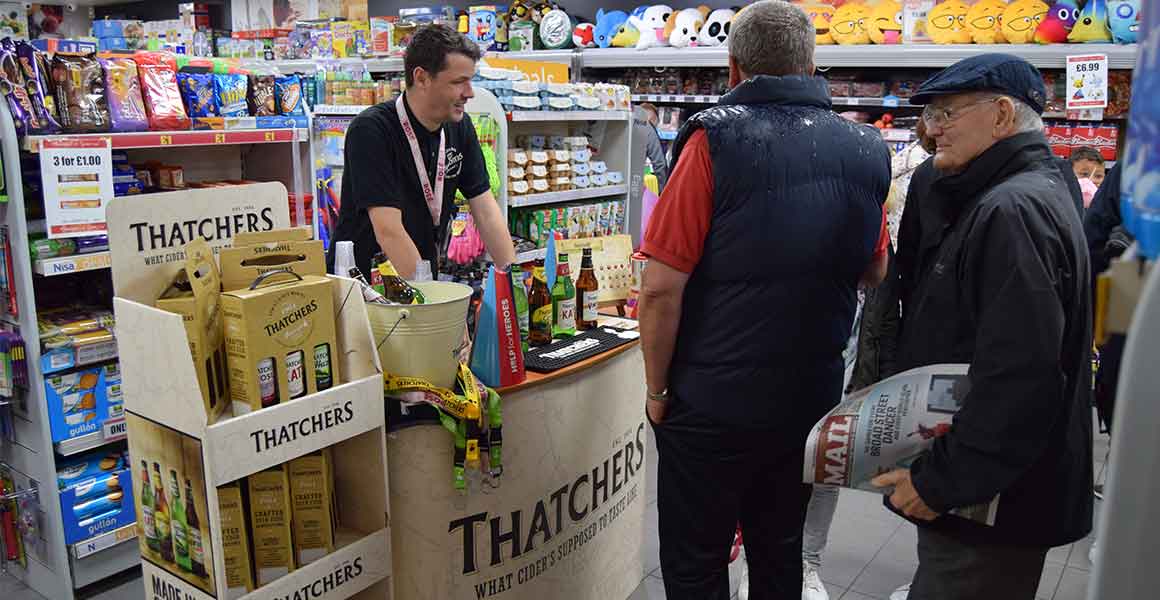
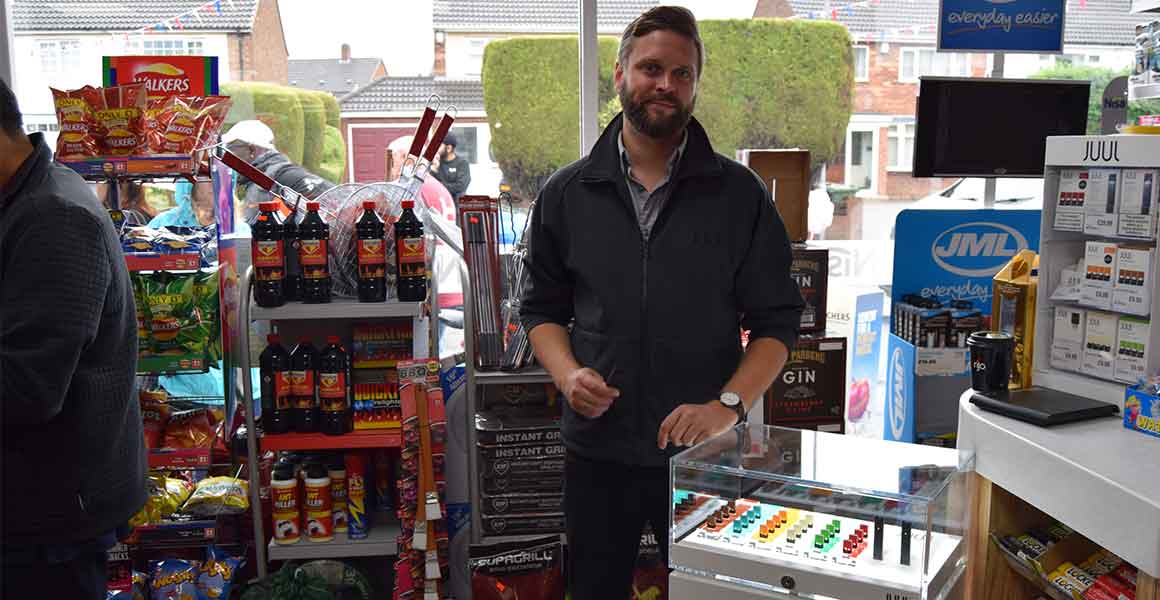
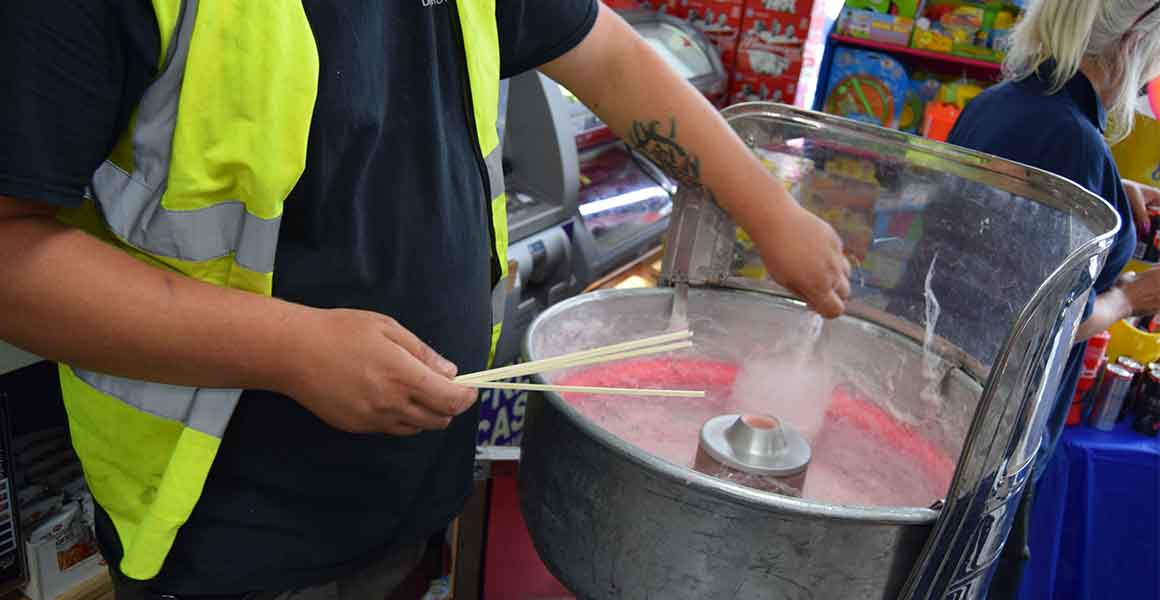
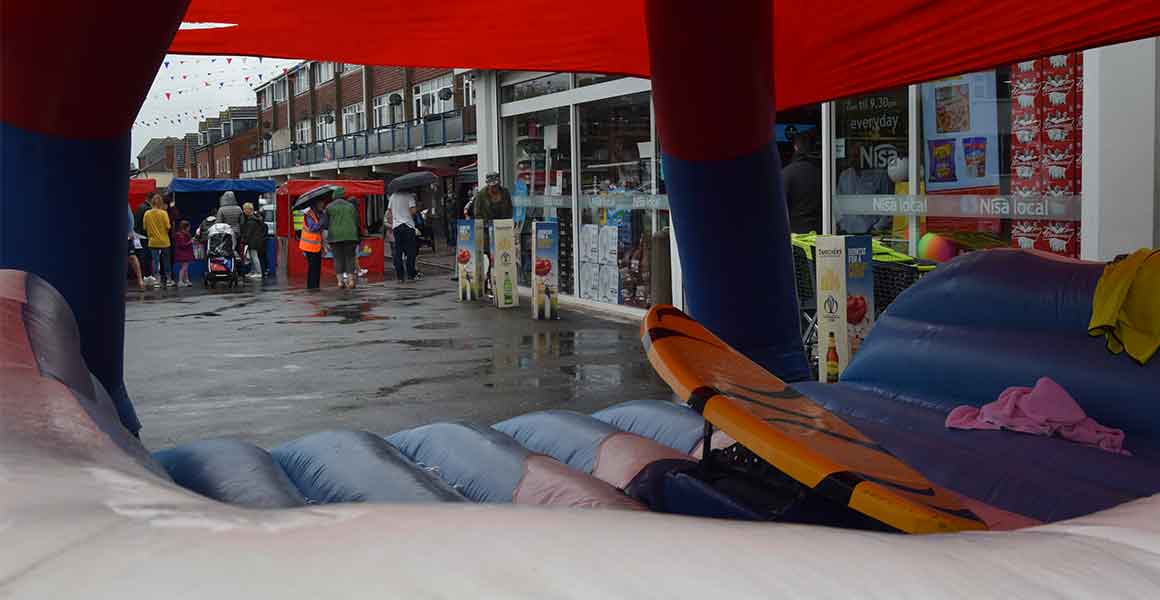
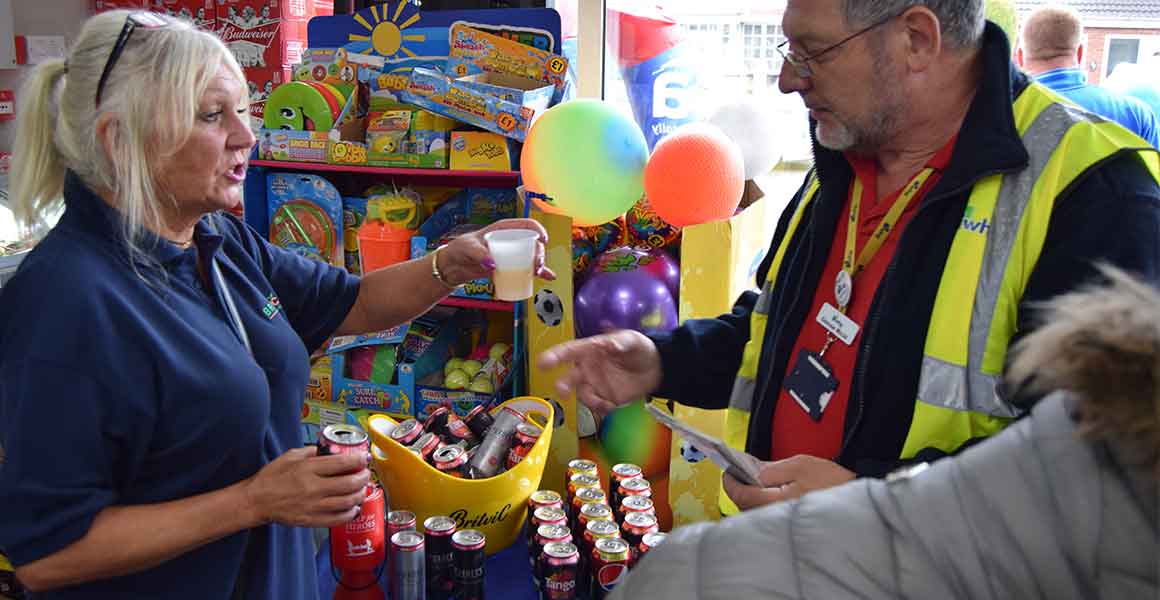
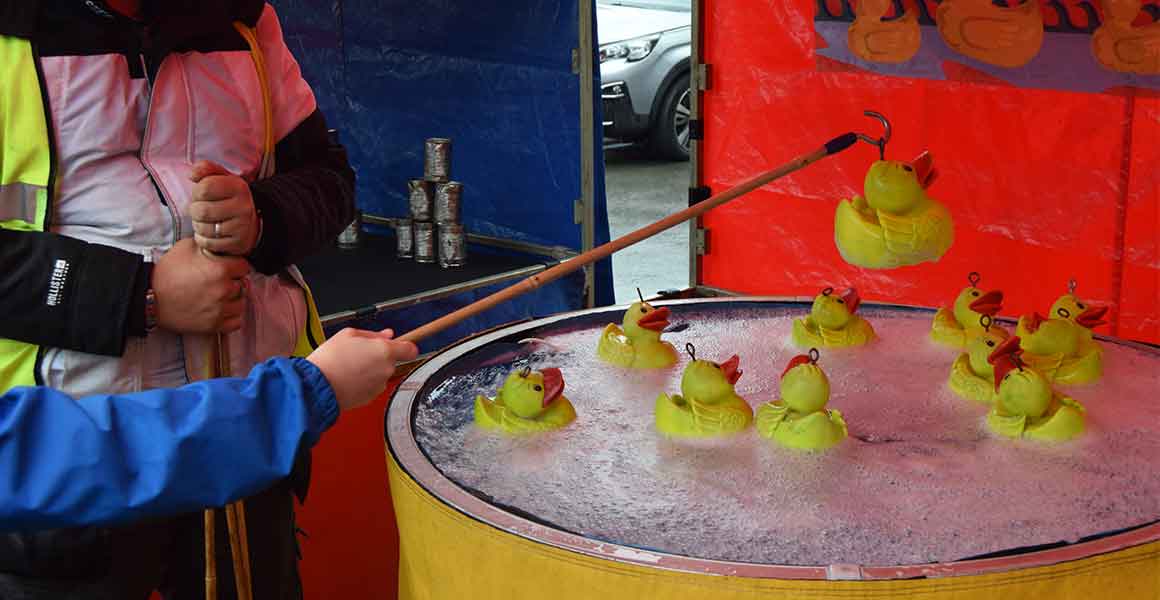
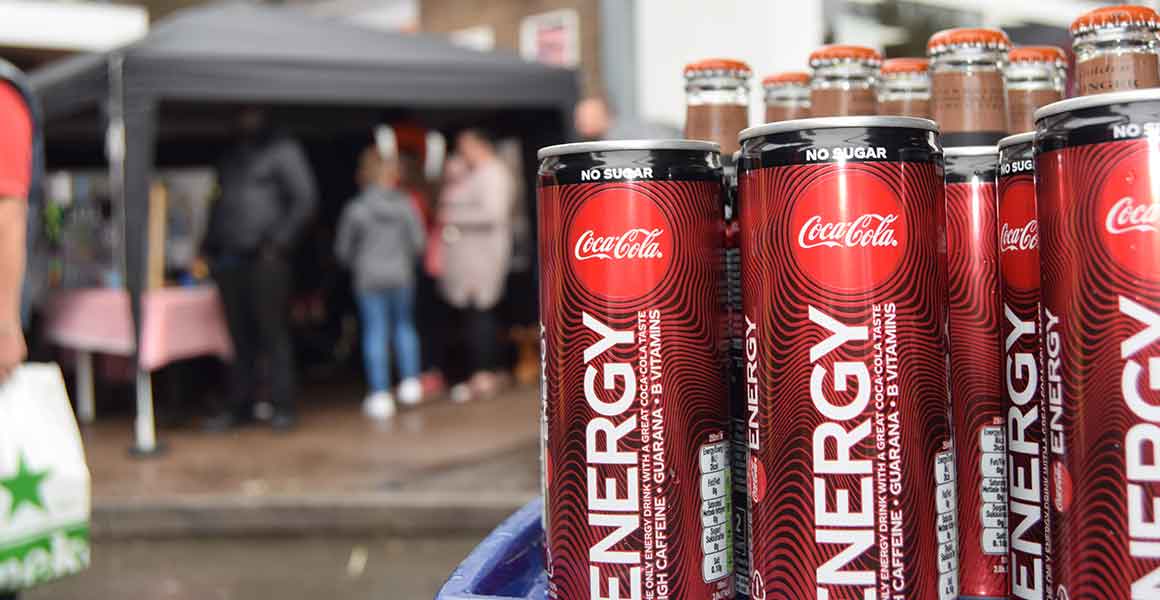
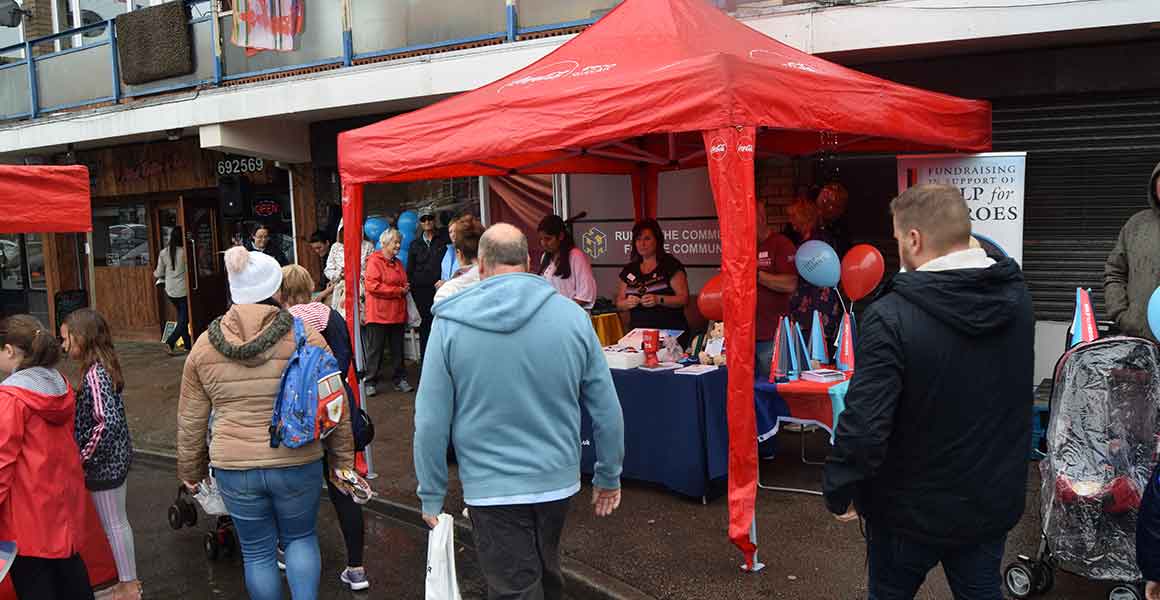
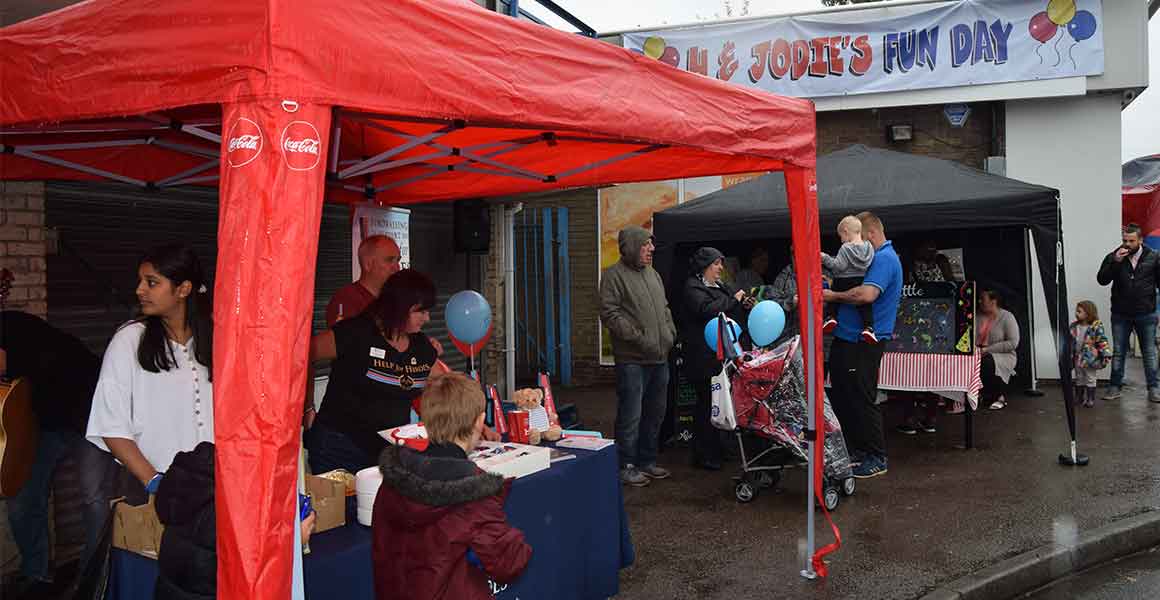
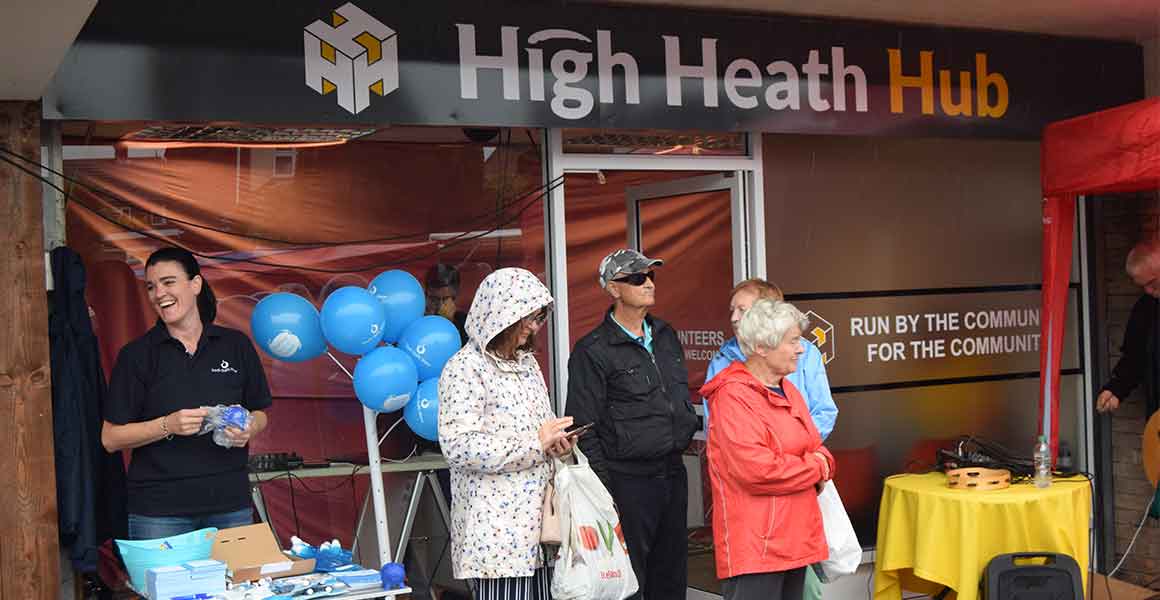
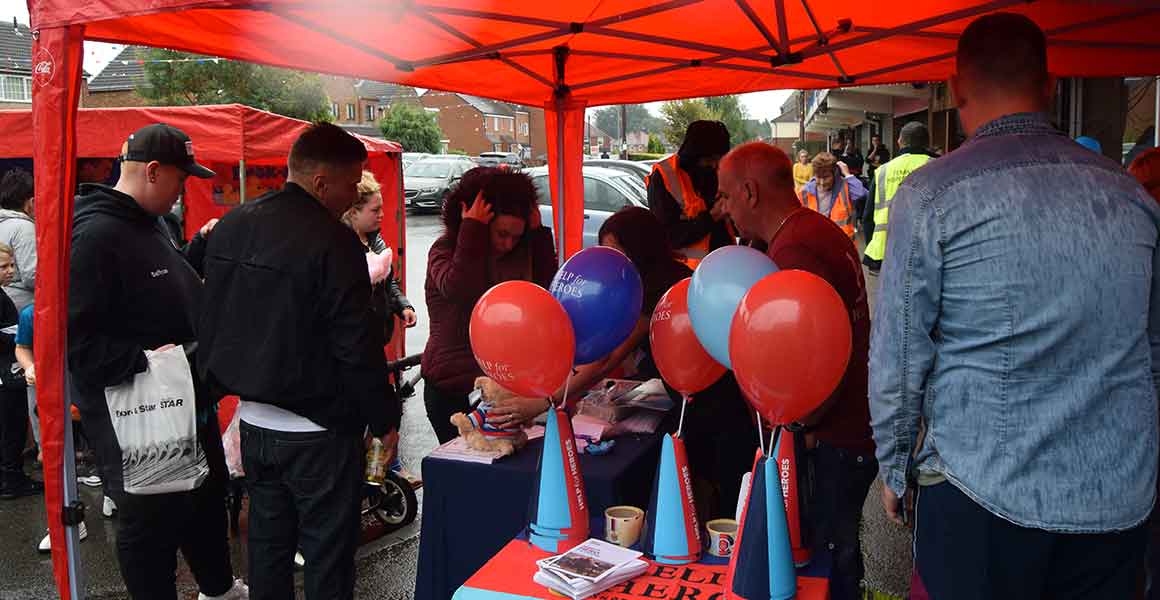
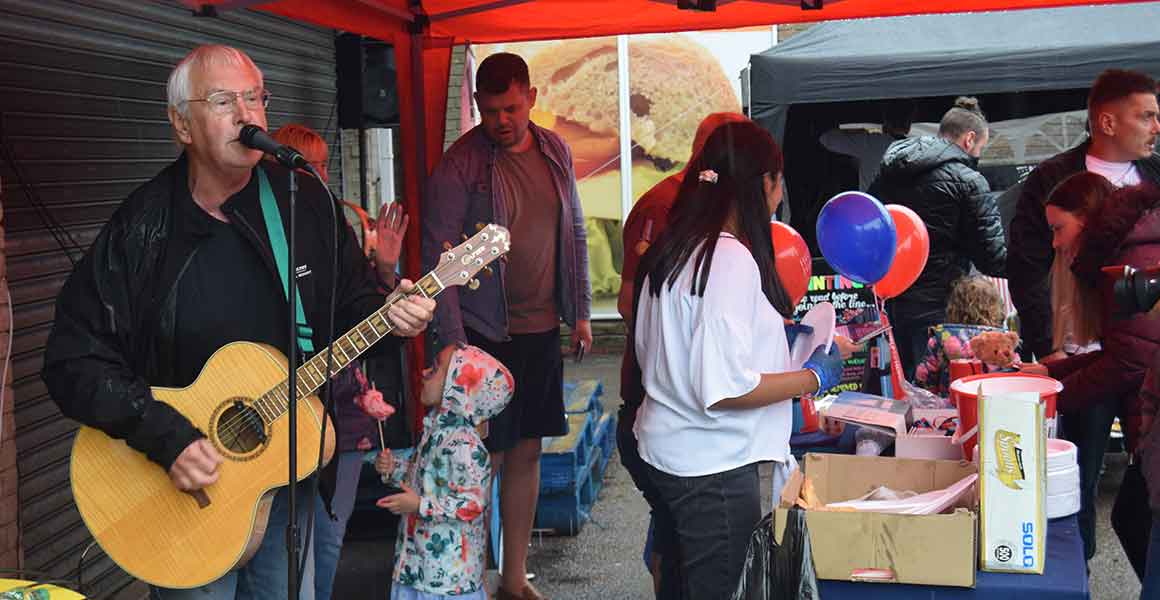
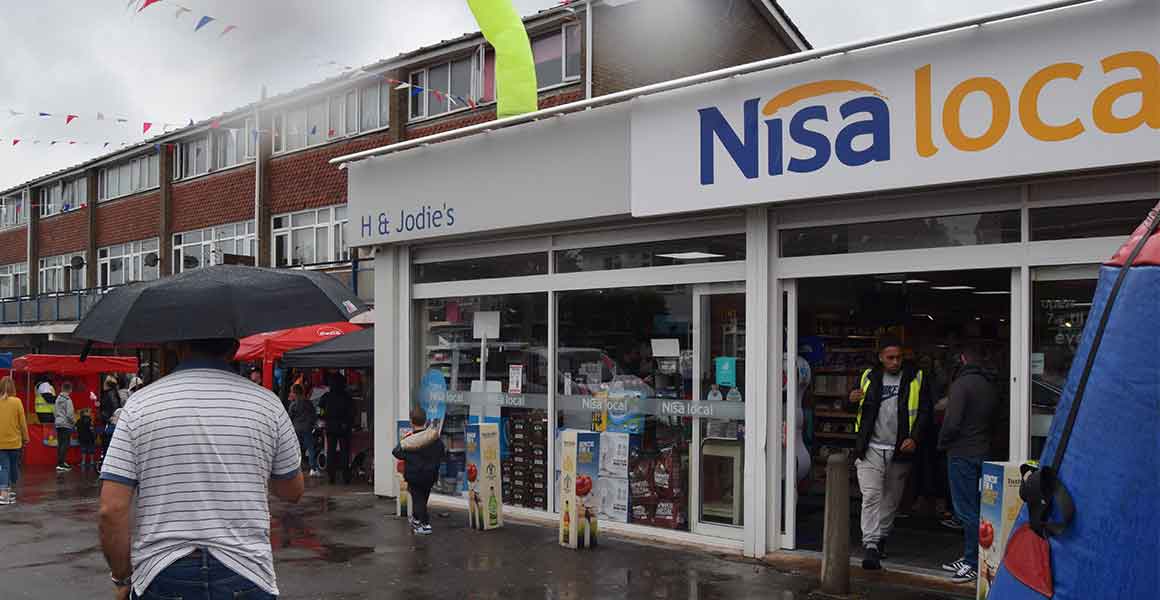
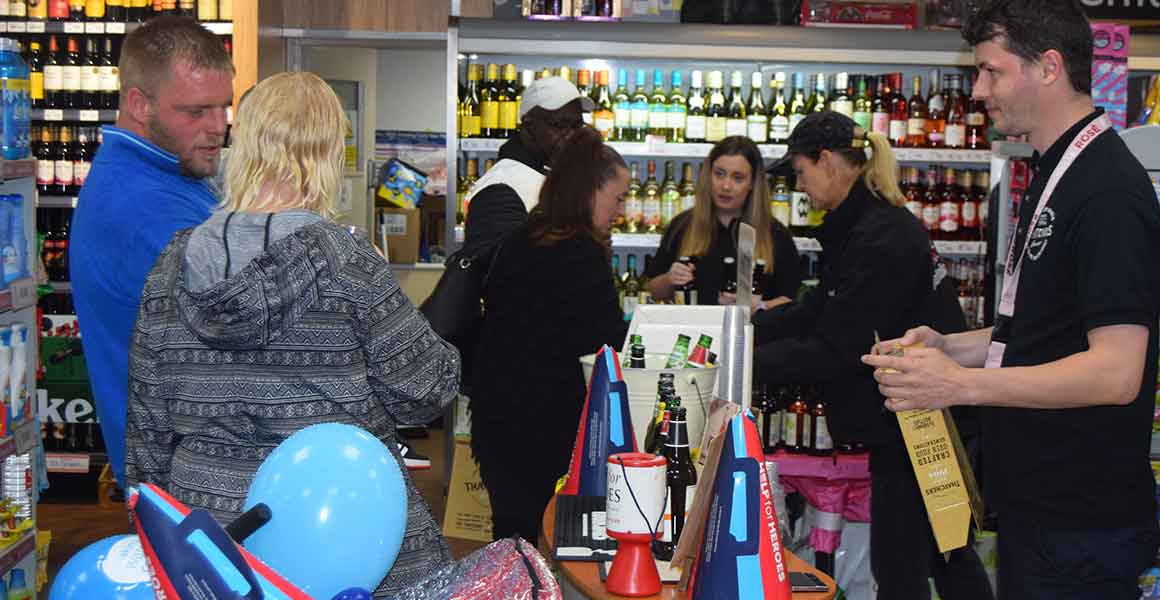
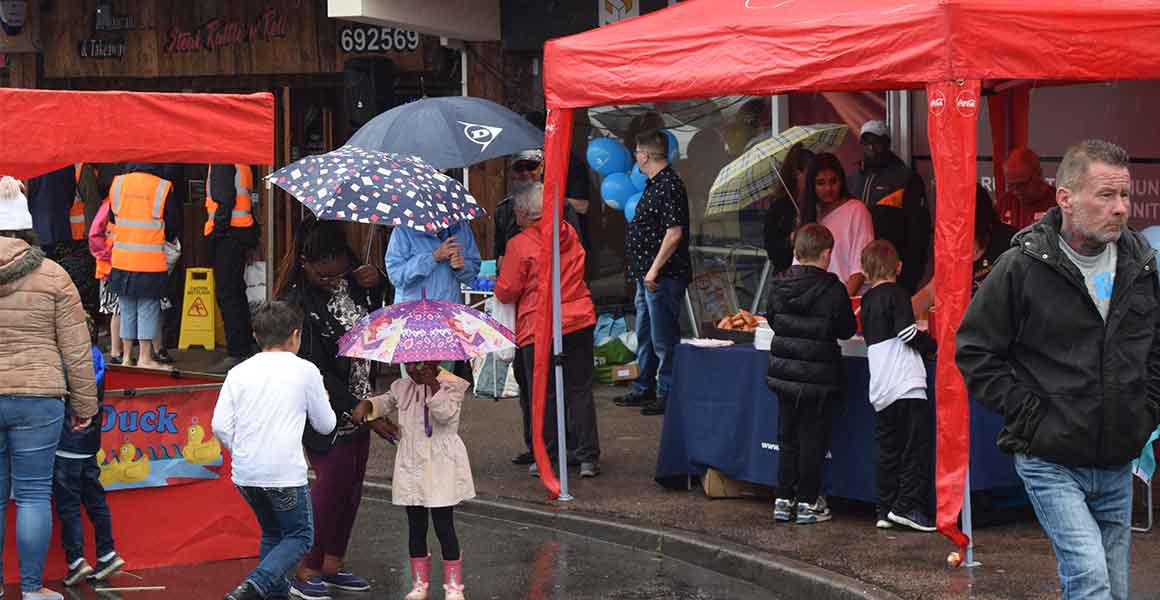
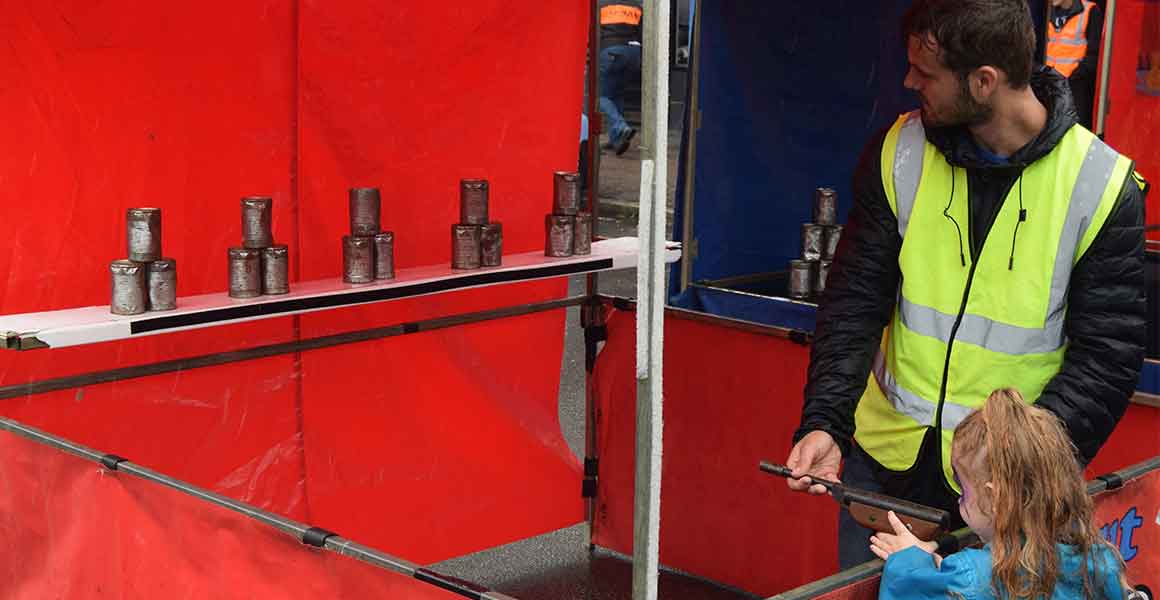



Comments
This article doesn't have any comments yet, be the first!